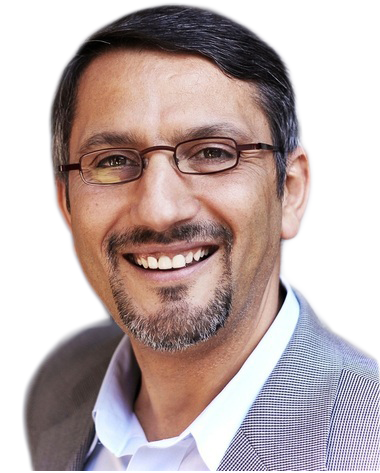In an L.A. Times editorial and a speech given at a three-day White House Summit focusing on Countering Violent extremism, U.S. President Barack Obama declared that the effort is “a battle for hearts and minds,” of the Muslim world. Obama maintained in the editorial: “Groups like al-Qaida and ISIS promote a twisted interpretation of religion that is rejected by the overwhelming majority of the world’s Muslims.” Furthermore, he strongly asserted: “We are not at war with Islam, we are at war with those who have perverted Islam,” which generated an avalanche of negative responses from the right and ignited a renewed debate on how to frame the “war on terrorism.”
In making this distinction, Obama and conference participants sought to address the success of the Islamic State of Iraq and al-Sham (ISIS) and before it, al-Qaida, in recruiting Muslims into their ranks by denying them a central legitimizing claim of acting in defense of Islam. In addition to this framing, Obama made explicit connection between social, political, economic and human rights conditions and the rising support for terrorist groups, which likewise generated opposition. Poverty, human rights violations, corruption and lack of opportunity do provide fertile grounds to recruit foot soldiers to terrorist networks, but a number of other factors are at play and must be part of the overall conversation.
Peter Bergen, a CNN national security analyst, called the countering violent extremism’s “root causes” arguments highlighted by Obama and the conference, nonsense, while arguing with “statistical evidence” for an explicit link between Islamic text and terrorism. I am in agreement with Bergen’s evidence to the extent that the text is navigated by the terrorists and mined for authority, but it is half of the picture and fails to account for U.S. foreign policy decisions that used the same texts to mobilize Muslim support during the Cold War and fight against the Soviet Union in Afghanistan.
Countering violent extremism cannot be done without putting all the issues, including sacred cows, on the table. The conference framed addresses as part of the problem, but completely missed many important issues. ISIS and other terrorist groups use and cite Islamic texts extensively in support of their actions and from a distance appear to be an “authentic” and pre-modern representation of classical Islam itself. However in reality, ISIS and al-Qaida emerged out of modernity itself and embody a distinctive embrace of the ideological worldview of the ends justify the means – they belong to the here and now rather than the distant past and its tradition. Islamic history has similar violent groups that emerged on the scene and carried out terrorist acts but just like ISIS does today – they were an extreme fringe that exploited existing instability and collapses of central authority to push forth their ideas and use death and destruction to attain power. They were a fringe then and remain so today.
When existing or official political, social and religious leadership is corrupt, compromised or disconnected from reality on the ground, internal conditions in the Arab and Muslim world make it possible for this extreme fringe to use Islamic texts to constitute authority to fill the created vacuum. It is an internal Muslim challenge to confront this fringe and reconstitute a legitimate authority that, on the one hand, is not forged to convey legitimacy on failed or failing political leadership and, on the other, is not to be problem solver for the U.S., Arab regimes and Israeli regional interventions and interests.
Externally to the region, the problem of violent extremism is connected to U.S. and European interventions in the past and present. Certainly, we must account for the politicization of Islam during the Cold War and the instrumentalization of it in countering Arab nationalism and communism, as well as the two-prong recruitment of Muslims into the fight against the Soviet Union in Afghanistan and to roll back the triumphant Shiite revolution in Iran. Speaking of winning “hearts and minds” without addressing the longer historical entanglement in the Arab and Muslim world and accounting for the complexities emerging from the interplay between the local, regional and global will cause us to miss another big elephant in the room. It is easy to focus on the terrorists on the ground without taking into account how Iraq became a failed state, Afghanistan, or the current circumstances in Egypt and Libya.
More interesting is the longer British historical entanglement during WWI with Sharif Hussein of Mecca and enticing the “Arab Revolt” in return for recognition of an Arab caliphate opposite that of the Ottomans. The interest then and now was centered on oil and strategic positioning, which must be part of any conversation at the local and global levels. How to reassess the long and problematic relationship with Islam and the instrumentalization of religion and bringing it into political discourses for a distinctively colonial project is an important question. Finally, text alone does not kill people, people misappropriating texts to fit their pre-constructed ideological worldview kill and they will kill people no matter the cost. This is a human phenomenon and the real crisis at hand.

